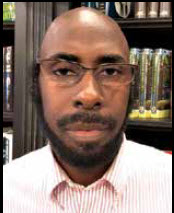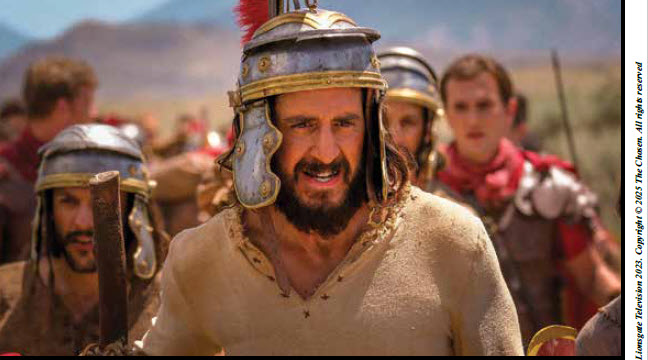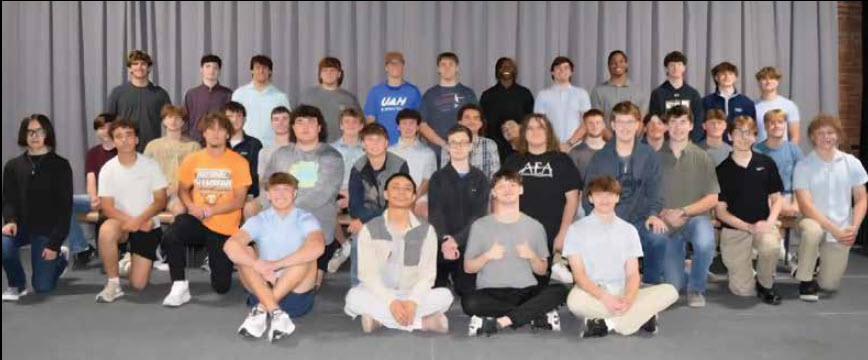 By: Eric Betts
By: Eric Betts
On Saturday May 14, 2022, a domestic terrorist, full of fear and hatred, opened fire with an automatic weapon at a grocery store in Buffalo, New York. His intention was to fight back in what he believed to be a race war in which the existence of White people was threatened. According to reports, he believed that the growth and/or success of other population groups was a threat to his own race. The domestic terrorist traveled hours from his own city to carry out his attacks on a grocery store that was frequented by Black Americans.
Erie County Sheriff John Garcia said the shooting was a “straight up racially motivated hate crime from somebody outside of our community.” His 180-page manifesto laid out his White supremacist ideas, and the reasons for his murderous rampage. Dr. Mika Edmondson, pastor of New York City Fellowship of Presbyterians, states that, “White supremacy is not just a socio-political dysfunction or a movement. White supremacy is a religion.” Many of the manifestos of such killers include belief in God. Their understanding is that they are committing such crimes in the name of God. The history of Ku Klux Klan violence and their belief that they work for God is a prime example of this. In modern times, we have often assumed that society has moved beyond the racist hatred that occurred when the Klan was at the height of its influence and power.
Sadly, what has been revealed is that the terrorist perpetrator was 18 years old, unlike those of my parents’, grandparents’, and great-grandparents’ day. This 18-year-old killer went to school with African Americans from K-12. He would have played sports with them during P.E. or they would have worked on science projects together in class. He did not live during the post-reconstruction, lynching, the Emmitt Till case, or the Jim Crow era, yet the same hateful sentiments and motivations for racial violence of those times were embraced by him. Dylan Roof, who committed the Charleston AME church massacre where nine worshippers were killed was in his twenties at the time of the attack. On August 3, 2019, a terrorist attack occurred at a Walmart store in El Paso, Texas, United States. The mass killer was 21 years old and took the lives of 23 people with an AK-47. Based on their evidence, law enforcement believed that the killer was seeking to strike fear in the immigrant population, which he believed might change the political power structure of the state of Texas. He too had written a manifesto with White supremacist concepts, which was discovered by police. Like the killer in Buffalo, the El Paso terrorist also believed strongly in the Great Replacement Theory. Robert Bowers was 46 years old when he opened fire and killed 11 people and wounded 6 at the Tree of Life Synagogue in Pittsburg in 2018. Bowers is too young to have lived during the time of segregation in America and would have grown up in a school system with people of other races and ethnic communities. Several holocaust survivors were among the dead. We must admit, that while the United States has made tremendous progress over the past fifty years, the threat of racially motivated violence is on the rise. It can no longer be ignored. Unfortunately, another generation must confront or live in fear of racial violence against minority groups.
Why are these views, which lead to such horrific massacres, becoming mainstream in our society? Kassia E. Kulaszewicz of St. Catherine University conducted a study which showed how social media is technically engineered with its socially scientific algorithms which play to the worst fears of humans. This technical engineering is designed with the belief that keeping people looking at their screens leads to advertising dollars. Additionally, the news media has been accused of the same. Fear of “the other” is good business, but to what end. I am reminded of the words of Jesus of Nazareth, “What shall it profit a man to gain the whole world and lose his own soul? Or what shall a man give in exchange for his soul.” Could it be that the tech-driven media driven segment of our society is losing its “soul” and its sacred regard for our common humanity?
One of the side effects of viewing one another through demonized political labels, historical prejudices, or statistics is that it leads to dehumanization. I was listening to the NPR recently where an interviewee referred to American citizens as “red people” and “blue people” based on political habits. If one can dehumanize “the other” then it is not so outrageous to massacre them for the falsely assumed greater good. It is reported that the Buffalo terrorist did not live in the community where he committed the atrocity. He traveled several hours, for 200 miles, to get there. He did not know the people he murdered, which perhaps allowed him to be less sympathetic in his awful crime.
The times have divided America to the extent that we do not view people according to the Christian concept which is to view “others” as “our neighbors.” Your neighbor includes those who are culturally, politically, racially, and religiously different. Our differences should be respected and even celebrated, but what we have in common, which is our humanity, should have the highest place. We are all connected to one another in some way, even if we do not realize it. When a group of people are massacred, we are all losers. We all have a place in this world and are making contributions to the lives of one another whether we realize it or not. We are in a sense interdependent. The violent terrorist did not see the people he murdered as a part of sacred humanity, but as problems that needed to be eliminated. I wonder had he personally known them and their families, if he would have done this. Included, in the death toll in Buffalo was the mother of a fire commissioner, a substitute teacher, and an aunt. Additionally, there was a supermarket security guard, retired police officer and father of 3 who died a hero after he exchanged gunfire and tried to stop the Buffalo shooter. Let us pray and work for a world where there are no dehumanized others, just neighbors and fellow travelers in this world.
By: Eric Betts
Assistant Director, Curtis Coleman Center for Religious Studies and Ethics at Athens State University









 June 20, 2025
June 20, 2025



